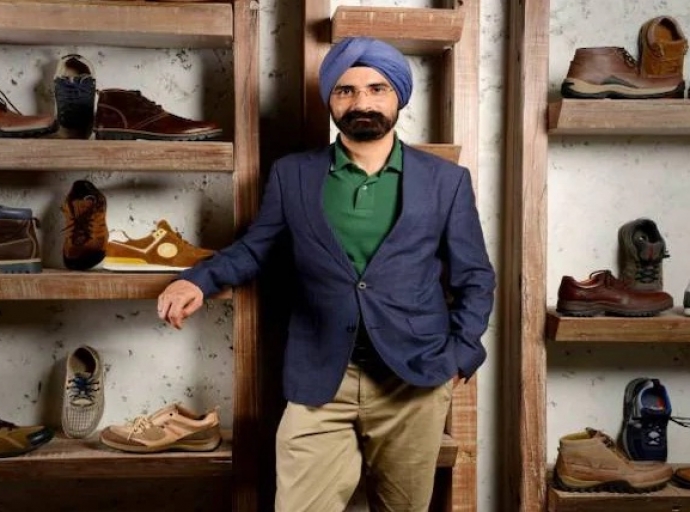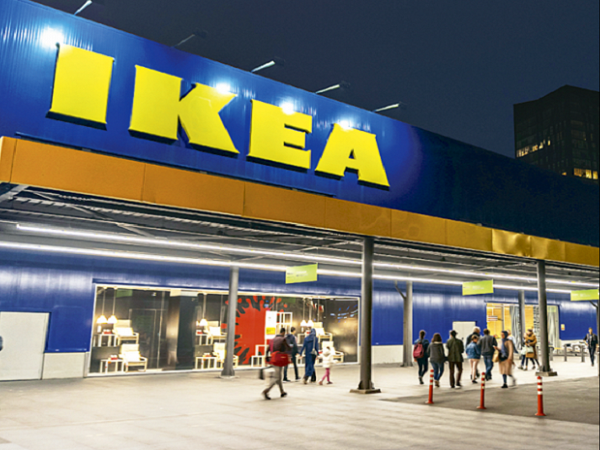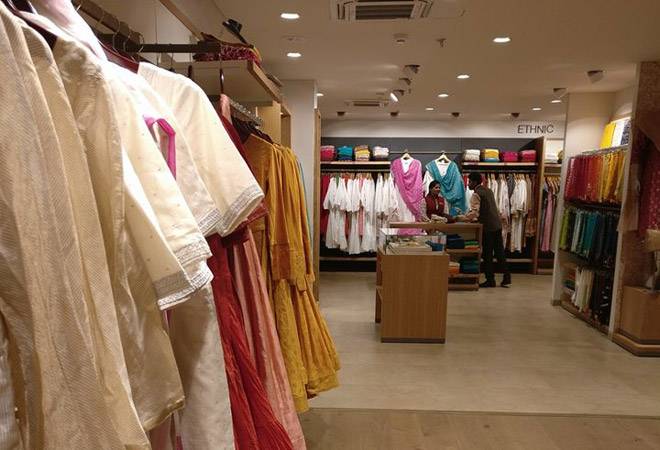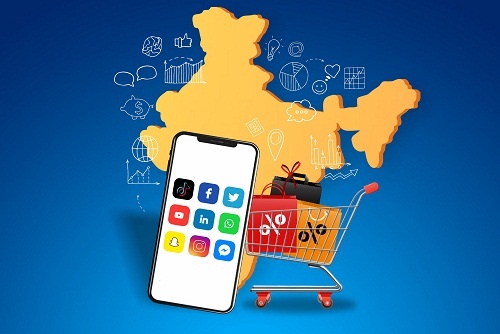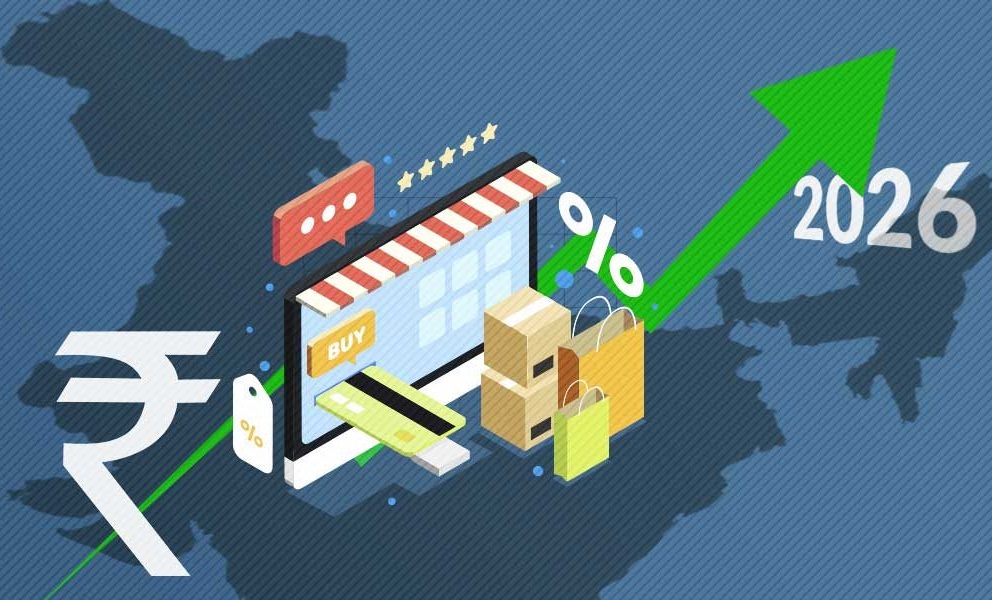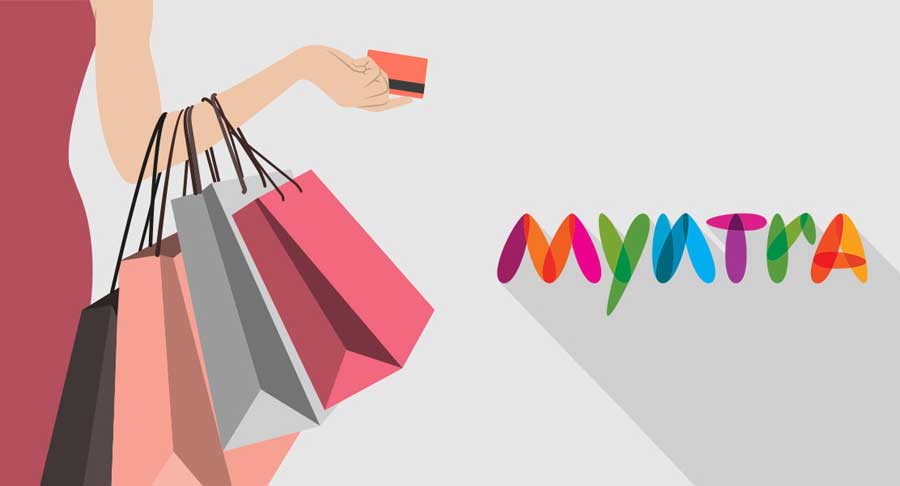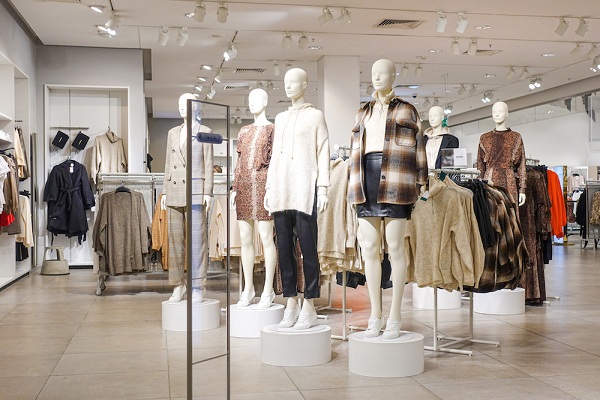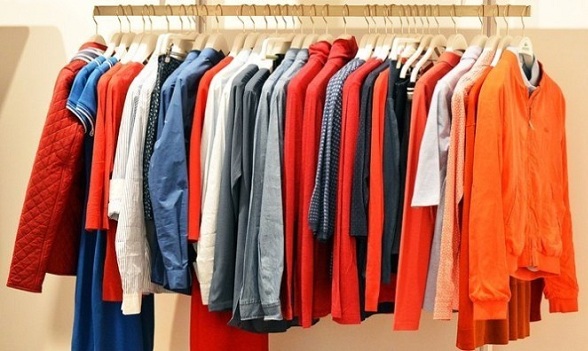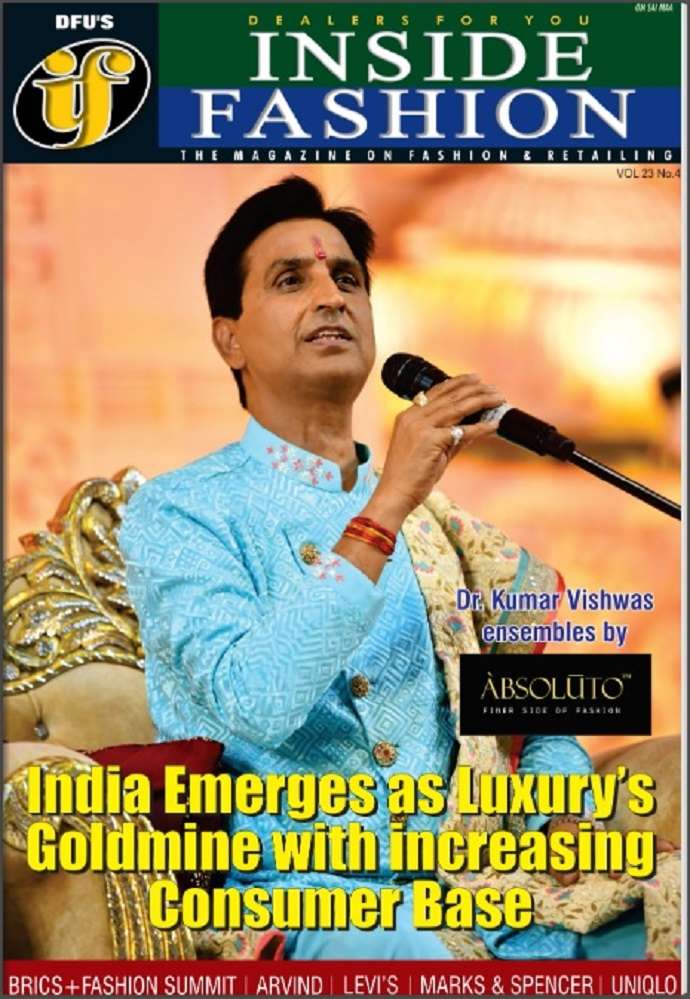Being woven into every aspect of the industry, artificial intelligence is fast becoming an essential survival tool for fashion brands across the world. As McKinsey in its annual State of Fashion report says, AI startups with fashion and retail focus are being increasingly sought after as brands and retailers have shifted focus from brick and mortar stores to online sales.
New AI tools
As per a Live Mint report, Gurugram-based TryNDBuy, which deployed vision-based virtual layouts during the pandemic, has now gone live with brands such as Jack & Jones and Vero Moda. The retailer has engaged Zalora, a leading fashion e-tailer in Southeast Asia.
Similarly, Bengaluru-based AskSid, has introduced a chatbot known as AI bot that has helped reach a meaningful level of digital interaction with customers. The chatbot has helped the company achieve a big spike in revenue this year besides accelerating global expansion. From April-October 2020, the company’s revenues jumped almost 50 per cent, adds Sanjoy Roy, Co-founder and CEO.
AskSid currently operates in 23 countries, supports 15 international languages, and has also expanded into FMCG brands, including a top paints MNC. It recently advised a client to enter the Norwegian and Australian markets while it helped another whey protein seller shift its marketing focus from bodybuilders to people suffering from ailments such as arthritis and diabetes
Inducing a shift in consumers’ shopping behavior
Data and analytical tools like AskSid’s new AI tool help brands track shifts in demand across geographies, categories and channels. They helps brands penetrate deeper into retail analytics of their products. Tools like TryNDBuy induce consumers’ to shift their purchasing behavior from brick and mortar stores to online. They also help brands expand their product and consumer base. For instance, ‘Try Now’ icon introduced by Vero Moda in its New arrival houses a virtual trial room that offers consumers an opportunity to edit the body shape in full-screen mode.
Supported by the international VC SOSV and Taiwan-based MOX, TryNDBuy has bagged nine US patents for its computer vision modeling methods, says Nitin Vats, Founder and CEO. The MOX software has helped the startup expand into Southeast Asia by deploying its product in India. The startup is currently working on a virtual makeup solution.
Chinese apps, Youcam and Meitu, provide virtual makeup on real-time videos. However, these apps are currently unavailable in India. Makeup brand L’Oreal has also launched a solution named ModiFace that is currently limited to its own products.
AI-based startups face a unique challenge of attracting clients currently bombarded with such a plethora of virtual tryout solutions. To be successful, these startups can launch strategic tie-ups like the one introduced by TryNDBuy with Technopak Advisors. These can help them demonstrate their products before some of the leading brands and build momentum within the industry.

